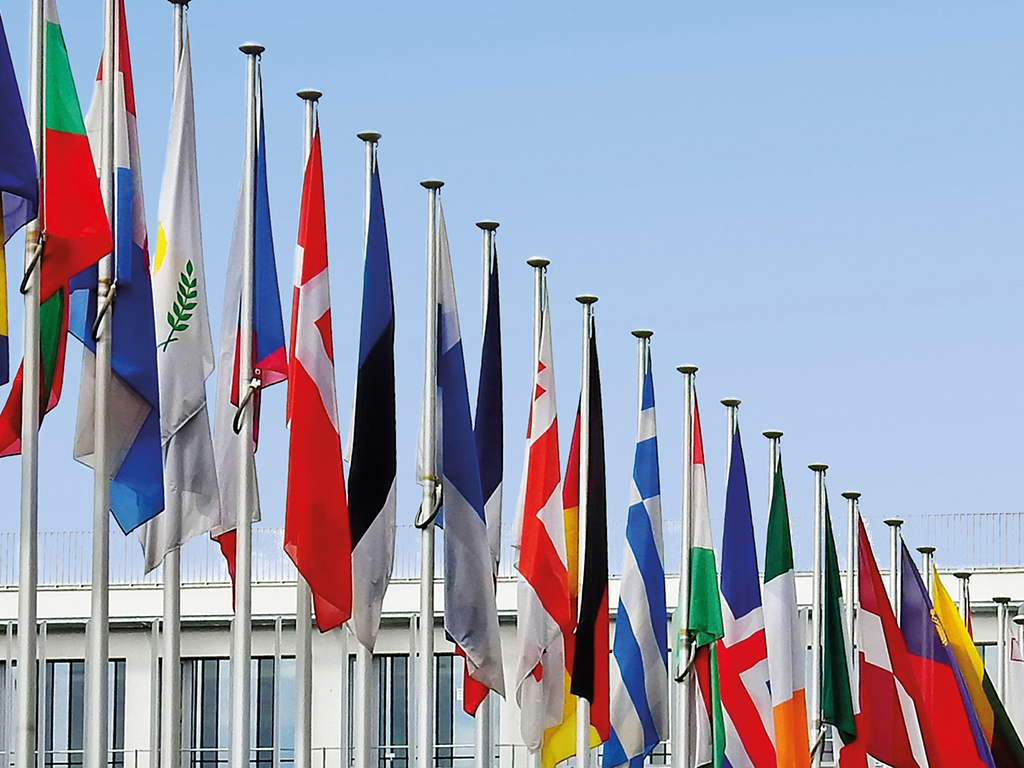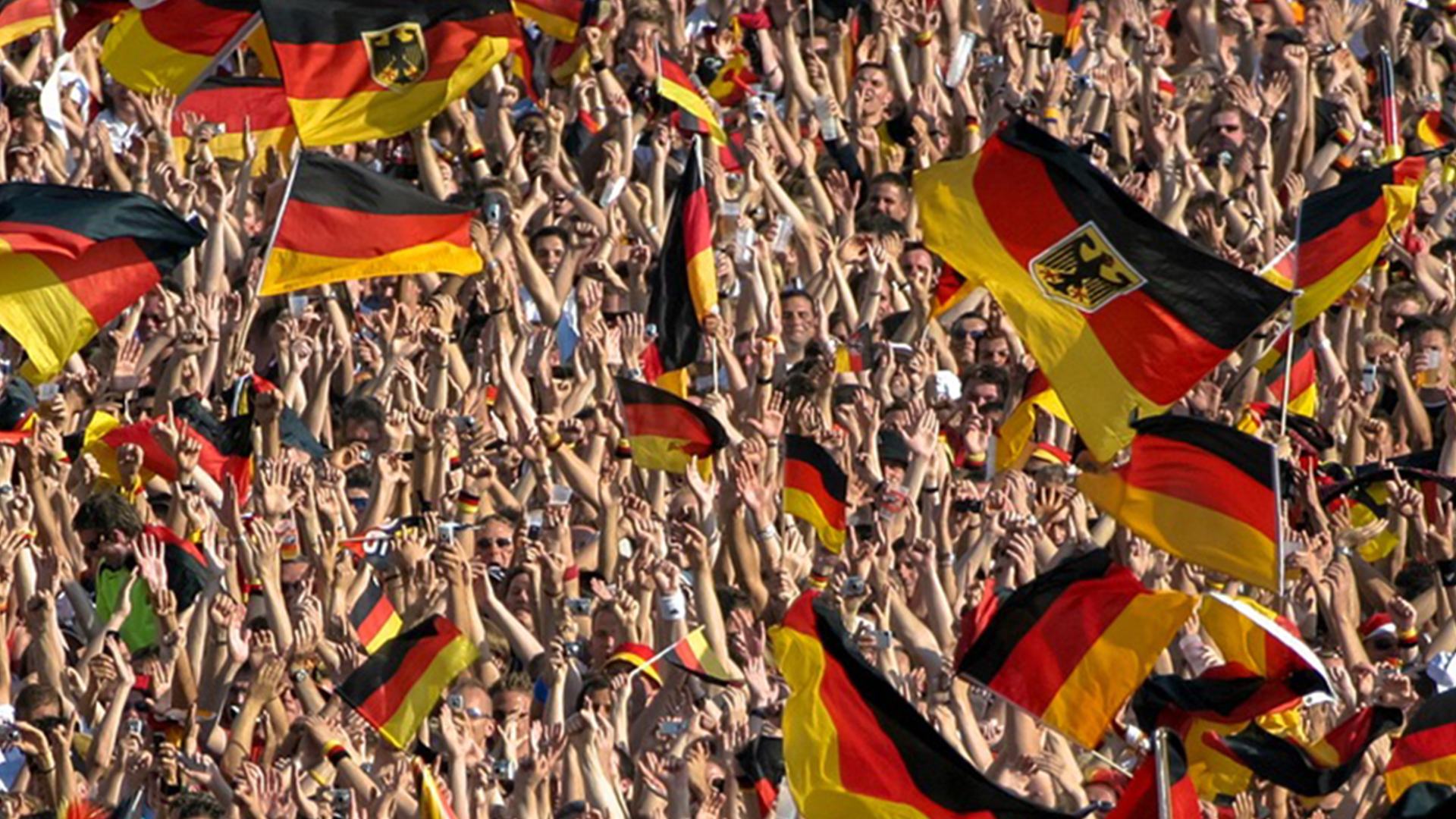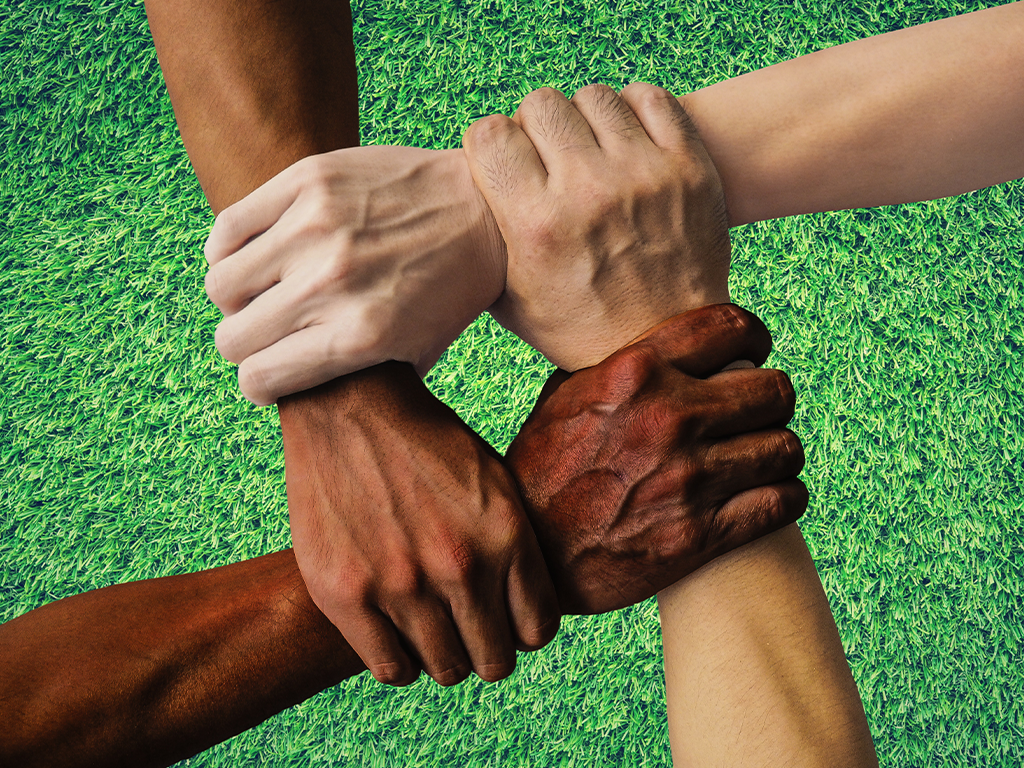 Primary School
Primary School

46500934 / 55500690
Staatssymbole
Flag, Anthem, Coat of Arms
Currently There are 194 countries or states on our earth. Every state has its own state emblem, for example, a national flag. It is a symbol of the history of a country, of its situation or its culture.
The flag is of special significance for soldiers. They hoist it – that means they raise it on a flagpole. By hoisting the flag the soldiers symbolically salute their country, that is, their state every morning.
Quote soldiers
“Flag Parade. Stand to attention. Raise the Flag!“
“Raise the Flag!“ is a command in the language of the army. Just like “Stand to attention“, at which the soldiers show their attachment to the state by standing still next to the hoisted flag. It does not matter whether a storm is raging or snow falling or the sun shining – the flag is saluted.
By the way, the term flag applies only when it actually is a piece of cloth that flies.
Besides the flag, every state has its own national anthem. It is also a symbol of the specific
state. The anthem is a song describing the state, its history or the values and wishes of its residents. The police band plays the German national anthem. It tells of desirable goals such as “unity“, ”justice“ and ”freedom“.
Our laws are passed in Parliament, in the German Bundestag. It is located in the capital Berlin. Here, above the lectern, is the Federal Eagle. As the German “national coat of arms“ the Federal Eagle is also a state symbol.
Quote Gero Kellermann, Academy for Political Education, Tutzing:
“State symbols are emblems of a state. They concretise the state – for example by national colours, the national flag, the anthem, the coat of arms and the seal. National holidays, the capital and specific decorations and medals can be state symbols, too.“
State symbols: flag, anthem, coat of arms.

Curriculum-centred and oriented towards educational standards
Matching
Rights and Obligations
Three girls of different ages: Anna is 17, Paula 15 and Lena 13. Before the law, their respective ages have consequences – because children and adolescents have different rights and also obligations.









